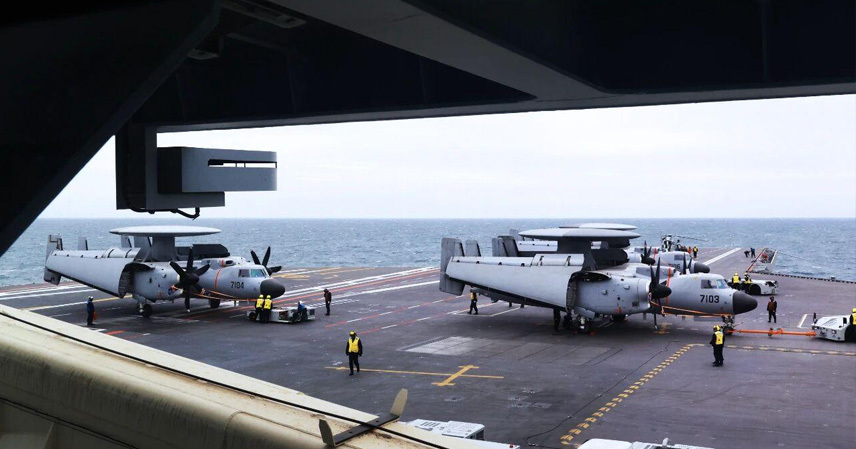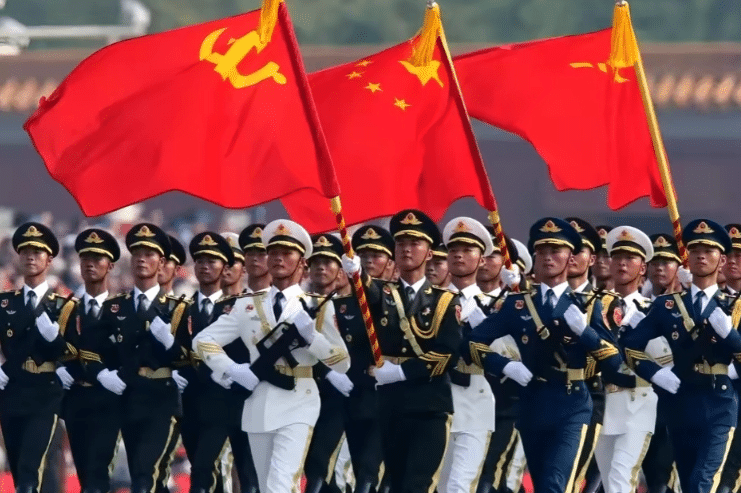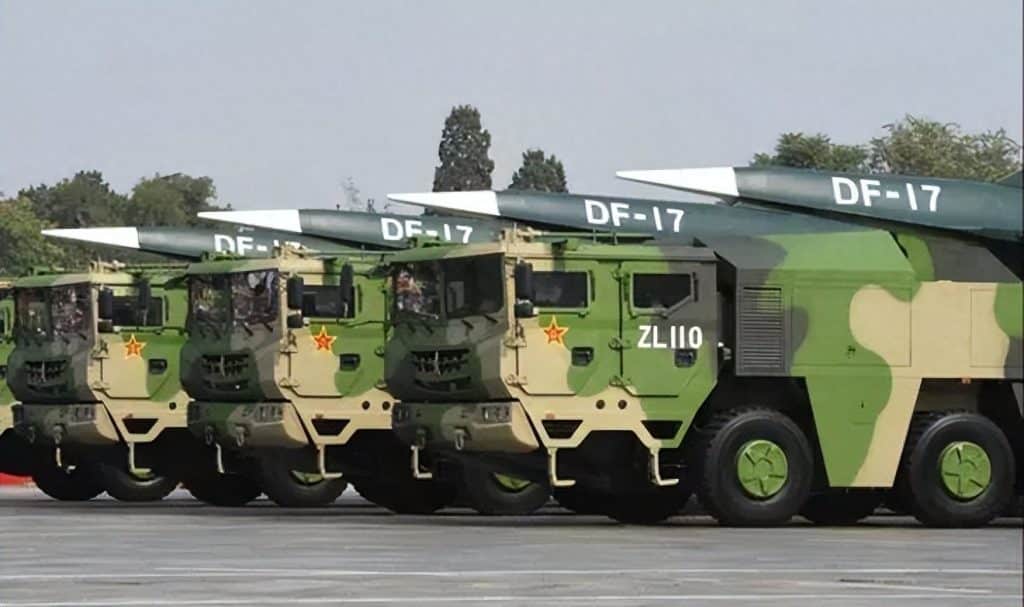In recent days, China’s aircraft carrier Fujian successfully used its electromagnetic catapult to launch the J-35 stealth fighter for the first time. The news quickly spread, and Washington took notice. On September 22 in the East China Sea, Fujian’s launch system verified the entire operational process for a fifth-generation carrier fighter — takeoff, cruise, and landing. The J-35, derived from the FC-31, features strong stealth capability, extended range, and advanced radar lock-on performance. Soon after, the J-15T electronic warfare variant and the KJ-600 airborne early warning aircraft also completed successful tests. Data feedback showed high system stability with no errors in the electromagnetic launch rails.
This breakthrough not only marks a technological advance but also directly boosts the strike power of China’s carrier battle groups. Previously, the Liaoning and Shandong carriers relied on ski-jump takeoffs, limiting payload and efficiency. Now, with electromagnetic catapults, the J-35 can carry more fuel and weapons, significantly expanding its combat radius. While the Navy avoided high-profile publicity, the news quickly set off debates among military enthusiasts and international media — signaling that China’s carrier fleet has entered the dual-carrier era, with power projection nearing the level of America’s Ford-class carriers.
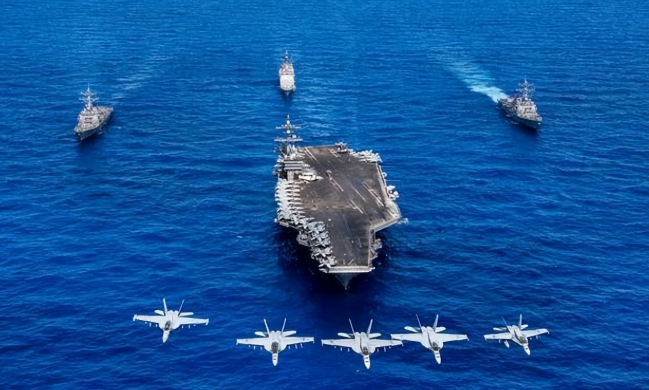
Just two days later, on September 24, Japan’s Sankei Shimbun reported that the new draft of the U.S. National Defense Strategy explicitly listed the Taiwan Strait as a priority, vowing that the U.S. military would directly intervene in any mainland military action. The report was based on an interview with Toshi Yoshiwara, a Japanese-American and former Pentagon policy adviser who once taught at the U.S. Naval War College and later joined a think tank specializing in Asia-Pacific maritime strategy.
According to Yoshiwara, the 2025 strategy emphasizes “America First” and “peace through strength.” Domestically, Washington plans to invest heavily in a “Golden Dome” missile defense network extending from the U.S. homeland to Guam, designed to intercept hypersonic threats. Externally, the Taiwan Strait is designated the top priority, with concrete intervention plans: if Beijing imposes a blockade or launches an amphibious assault, U.S. fleets would surge into the First Island Chain, submarines would launch cruise missiles to cut supply lines, and aircraft would fly from Japanese bases to seize air superiority.
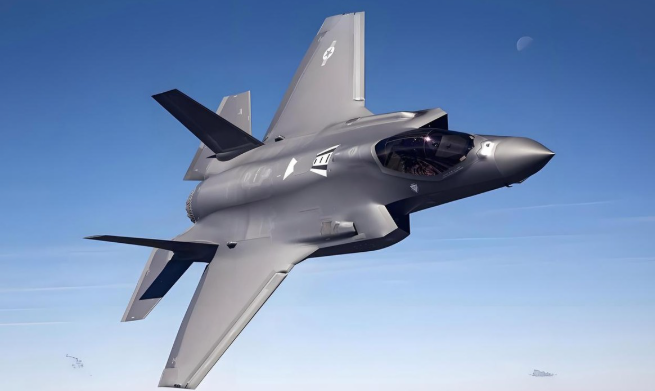
The draft also criticizes Taiwan’s low defense spending, urging the island to purchase more asymmetric weapons such as anti-ship missiles and drones. It includes scenario-based simulations ranging from maritime and aerial blockades to counter-infiltration operations, all geared toward real combat. The revelations caused an uproar, as Washington’s approach appears to have shifted from “strategic ambiguity” to a clearer commitment, effectively drawing a red line for Beijing.
Since Trump’s return to power, U.S. defense policy has tilted toward the Indo-Pacific. After the 2024 midterms, Congress passed a massive Taiwan military aid package, with the FY2025 budget devoting a major share to Asia-Pacific deployments. Yoshiwara’s views carry weight: he has authored reports at the Center for Strategic and Budgetary Assessments, analyzing China’s evolution from coastal defense to blue-water operations and stressing the need for U.S. reliance on allied networks.
This strategy pulls in allies like Japan, Australia, and the Philippines to encircle Taiwan. But does the U.S. truly have the confidence to intervene directly? The Taiwan Strait is shallow, with reefs and narrow channels. A single round of saturation missile strikes could push U.S. carriers back to the Second Island Chain. The PLA’s hypersonic missiles — the DF-21D and DF-26 — cover the entire Western Pacific, while the ship-launched YJ-21 travels at over Mach 5 with terminal maneuverability, overwhelming U.S. naval defenses. In the air, China now fields mass-produced J-20s, and with J-35 carrier fighters in play, stealth strike groups can engage first. The U.S. F-35 fleet is numerous but costly to maintain, with lingering concerns over real combat reliability.
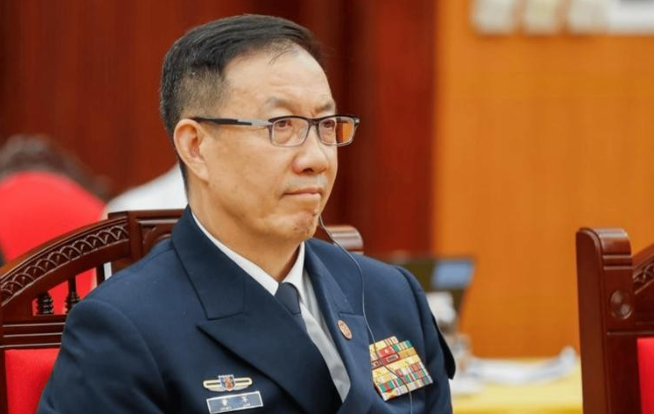
The sequence of events reflects testing and counter-testing of red lines. The J-35’s catapult success is not just a show of force — it is substantive progress, marking China’s transition from follower to peer competitor. After the U.S. strategy paper is finalized, China’s Foreign Ministry will likely condemn it as interference in domestic affairs but avoid open confrontation. In the near future, Taiwan Strait maneuvers will become routine: U.S. patrols encircling the island, Chinese ships and aircraft tracking them — with risks of incidents but also careful management at higher levels.
Despite the rhetoric, economic interdependence between China and the U.S. makes outright conflict unattractive. A RAND Corporation report predicts that a Taiwan Strait war is unlikely before 2030, given the prohibitive costs. Ordinary people on both sides want peace — and stronger military power enables equal negotiations. Strategically, the Asia-Pacific order is shifting: the U.S. Indo-Pacific strategy faces limits, while China’s Belt and Road Initiative continues to expand abroad.

